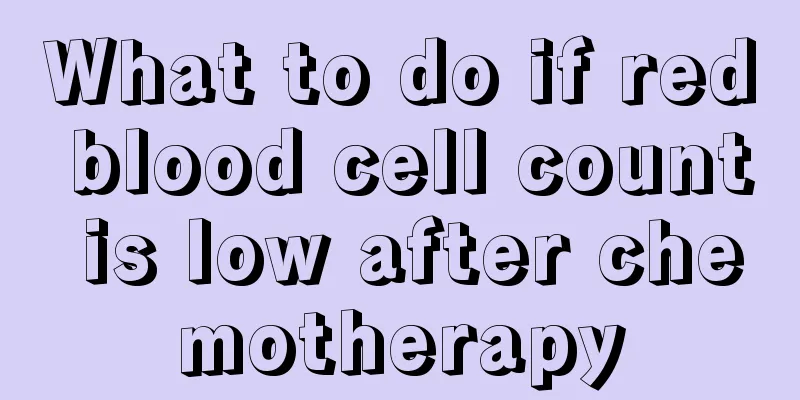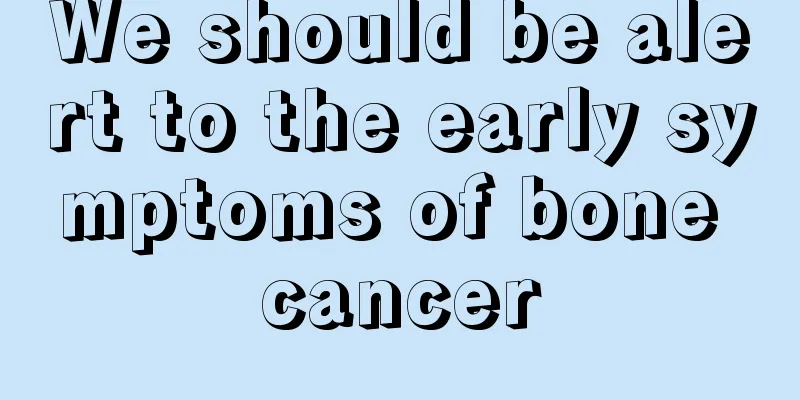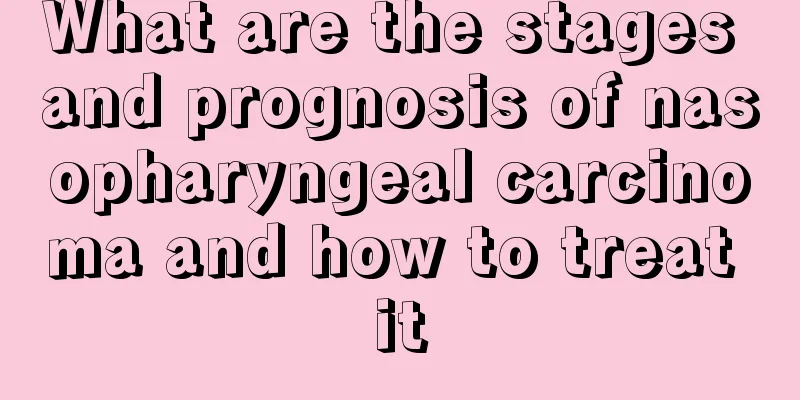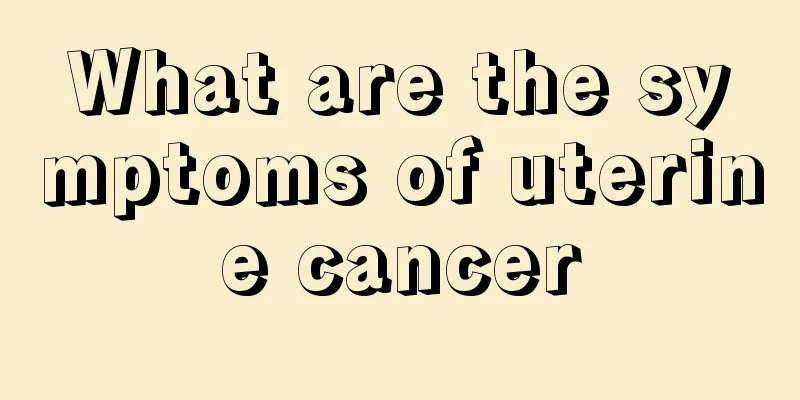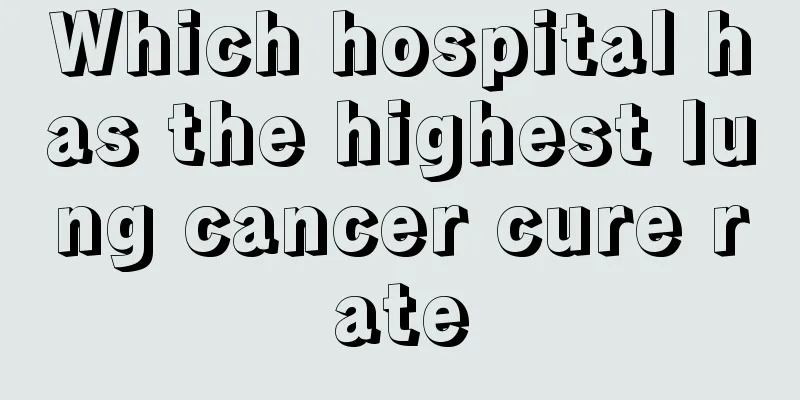The difference between cerebral thrombosis and cerebral infarction is manifested in these aspects
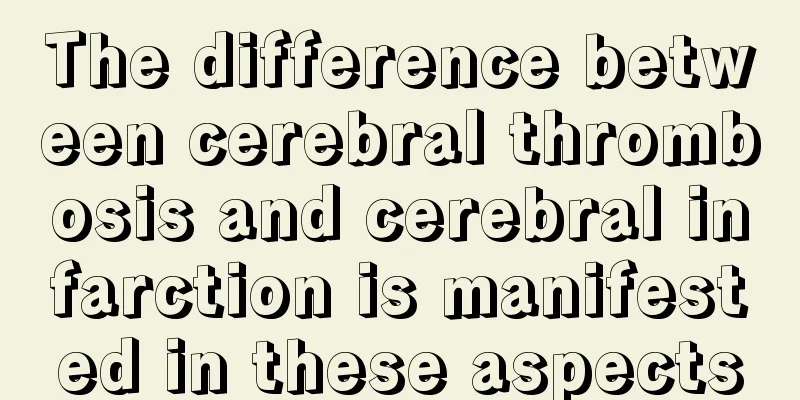
|
In recent years, the incidence rates of cerebral thrombosis and cerebral infarction have been very high. Some patients simply think that these are the same disease. However, this is not the case from a clinical analysis. These two diseases are different in many aspects, such as different pathogenesis, clinical symptoms, and treatment methods. Therefore, they must be diagnosed before treatment. 1. Different pathogenesis 1. Cerebral thrombosis: It is a disease caused by local thrombosis in cerebral blood vessels and blockage of blood vessels due to atherosclerosis, endarteritis and high blood viscosity. 2. Cerebral infarction: It is a disease caused by emboli in other parts of blood vessels, such as mural thrombi in heart disease, thrombi in the aorta, carotid arteries, etc., which are the detachment of arteriosclerotic plaques, detachment of pelvic and lower limb vein thrombi, fat emboli in fractures, etc., which travel to the brain and cause vascular embolism. It often occurs in patients with heart disease. 2. Clinical symptoms vary 1. Cerebral thrombosis: Cerebral thrombosis has a slow onset and often occurs during sleep or rest. For some patients, symptoms are mild at first, then gradually worsen, and sometimes even reach a peak 2 to 3 days after the onset of the disease. It is rare for patients to fall into a coma, and the symptoms are generally mild. They may have hemiplegia or unilateral limb paralysis, and may also have aphasia. Some patients have symptoms such as numbness of the head or limbs. 2. Cerebral infarction: The disease has an acute onset and often causes aphasia and hemiplegia sensory disorders mainly in the right upper limb, but coma rarely occurs. 3. Different treatment methods 1. The treatment strategy and staged treatment of cerebral thrombosis should be determined according to the pathophysiological changes of ischemic stroke and different time stages. Overall treatment includes maintaining airway patency, controlling blood sugar at normal levels, etc. Thrombolytic therapy, anticoagulant therapy, fibrinolytic therapy, antiplatelet aggregation therapy, vasodilation therapy and other treatments. Carry out early rehabilitation functional exercises. 2. Patients with cerebral infarction should pay attention to the treatment of hypertension, especially those with a history of lacunar infarction, who need to prevent recurrence. At the same time, they should be careful not to drop the blood pressure too quickly or too low. (1) Acute phase: The principle is to improve blood circulation in the ischemic area and promote recovery of neurological function as soon as possible. ① To relieve cerebral edema in patients with large and severe infarction areas, dehydrating agents or diuretics can be used. ② Low molecular weight dextran can be used to improve microcirculation, which can reduce blood viscosity and improve microcirculation. ③ Dilution of blood: Isovolumetric hemodilution therapy is performed by venous bleeding and simultaneous replacement of an equal amount of fluid. Hypervolemic hemodilution therapy is the administration of fluids that do not contain blood intravenously to expand the volume. ④ Thrombolysis: streptokinase, urokinase. ⑤ Anticoagulation: used to prevent thrombus extension and the occurrence of new thrombus (heparin, dicoumarol). ⑥ Vasodilators are generally believed to have uncertain effects. They can sometimes aggravate the condition of patients with severe intracranial pressure, so their use is not recommended in the early stages. (2) Recovery period: Continue to strengthen the functional training of paralyzed limbs and speech function. In addition to medication, physical therapy, body therapy and acupuncture can be used in combination. |
<<: Is there any difference between mites and acne?
>>: What are the real causes and symptoms of headaches?
Recommend
Can I get a vaccination while applying eczema cream?
In our lives, many people will get various vaccin...
Can garlic cure athlete's foot
Athlete's foot is a fungal infection. Once it...
I felt nauseous and vomited a few days after gastric cancer surgery
Patients with gastric cancer may experience nause...
How long can a person with a mild teratoma live
The name of teratoma sounds very scary, but it is...
What is the reason for middle-aged people to lose teeth
As we all know, the importance of teeth to the hu...
The difference between lice eggs and dandruff
Although fleas are rarely seen nowadays, people a...
Diarrhea and burning pain in the buttocks
There is nothing to be afraid of when you have di...
What to do if you have bad breath due to excessive stomach fire? What food can relieve it?
Because of the appearance of stomach fire, the bo...
What are the early symptoms of medullary thyroid cancer? How to treat medullary thyroid cancer
Modern people are under great pressure in life, c...
Differential diagnosis method for lung cancer
Clinical manifestations: The clinical manifestati...
Can I sweat steam if I have a cold
After catching a cold, most people will choose to...
Recurrence rate of renal cell carcinoma metastasis after chemotherapy
Is kidney cancer prone to recurrence? Cancer inva...
Seven suggestions for loving and protecting your heart
The heart is the driving force of the human circu...
Seven "on time" tips for maintaining good health in daily life
1. Have a regular physical examination Many disea...
How to remove chicken skin on arms, four tricks to solve the trouble
The phenomenon of egg yolk skin can occur in any ...
